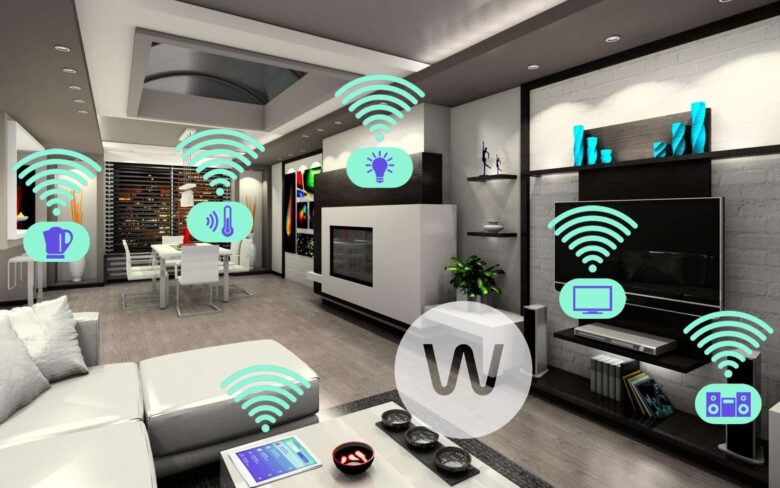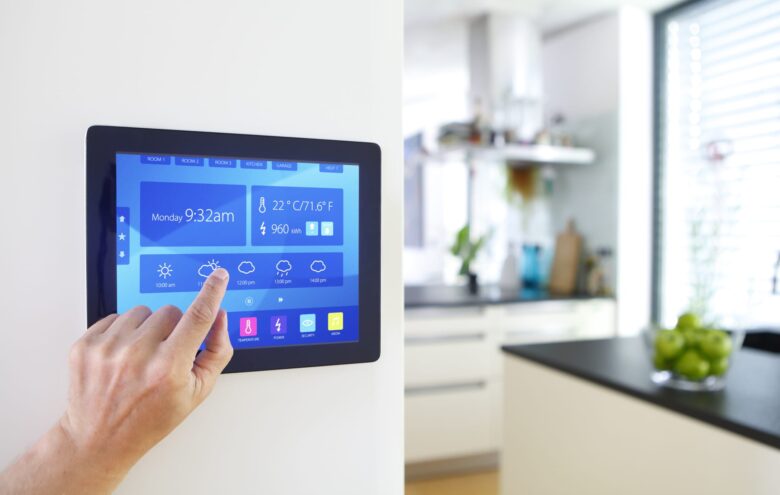In the past 10 years, home technology has undergone incredible changes, becoming faster, more intelligent and more customizable than ever before. The way we interact with the devices in our homes and the way those devices connect to one another has changed drastically over the past decade, and it shows no signs of slowing down as we move into the future. It’s hard to pinpoint exactly when these changes began; that’s what makes them so interesting to study. Through this article, we’ll take a look at how home technology has evolved over time and where it’s headed next.
Home technology has come a long way in recent years. From the humble electric fireplace such as offered by visionlinefire.com.au to the latest in home automation, there’s more to choose from than ever before. But where did it all begin? Let’s take a look at the history of home technology.

Source: electronicsweekly.com
Home technology in the 1990s was all about making life more convenient. Early adopters were thrilled with the introduction of things like the electric fireplace, which provided instant warmth at the push of a button. In the years since, we’ve seen a rapid evolution in home technology. Today, the focus is on connected devices that make our homes smarter and more efficient. The internet of things (IoT) is playing a big role in this, with billions of devices now connected to the internet. In the coming years, we can expect to see even more amazing innovations that will make our homes more comfortable, safe, and sustainable.
Although home technology has changed rapidly over time, there are a few things that have stayed constant. One is that tech becomes outdated quickly, so it’s always a good idea to stay current on new products. That can be especially important if you plan to install an electric fireplace or other smart device in your home. To make sure you get your money’s worth out of any smart appliance, pay attention to online reviews before you buy it, since they can help you decide which brands to trust. In addition, take advantage of any warranty offered by your product’s manufacturer—it may not only protect against defects but also come with tips for using your device correctly.
Technological advancements have always played a role in human progress, but in the last century or so, that role has become increasingly central. In the early days of the 20th century, the telephone was a new invention that rapidly found its way into most American homes. Since then, we’ve seen the rise of radio, television, computers, and the internet – all of which have become common household items. But it’s not just the proliferation of new devices that has changed the home technology landscape; it’s also the way we use them. For example, when people first started using the telephone to call each other, they had to be at home because phones were wired. Eventually though, phone lines became un-wired, giving people the ability to call others from their office as well as their home. The same goes for TV – when it first came out people had to stay in front of the TV at all times or risk missing a show they wanted to watch.

Source: safewise.com
Home technology is constantly evolving, with new products and services being released all the time. While it can be difficult to keep up with the latest trends, it’s important to stay ahead of the curve in order to remain competitive. The next wave of home technology is sure to bring even more innovative products and services that will make our lives easier. Here’s a look at what we can expect in the near future – Voice Assistants like Alexa, Siri, and Google Assistant are changing how we interact with our devices.
Smart homes are going mainstream as people start to install Wi-Fi enabled appliances, smart locks, thermostats, and lighting systems into their homes. Even more connected devices such as smartwatches are entering the market, bringing greater convenience while also raising security concerns. Virtual reality is becoming increasingly popular for use in education and training environments. Health monitoring systems such as Fitbit are transforming how people track their fitness goals by combining high tech sensors with software for easy tracking of daily steps taken or calories burned throughout the day.
When it comes to home technology, the sky’s the limit. With so many new innovations coming out every day, the possibilities are endless. Who knows what will happen in 20 years? One thing we do know for sure is that there will be some major changes when it comes to tech in our homes—and we can’t wait to see them all.
In terms of trends, Internet-of-Things (IoT) devices have emerged as one of the hottest topics in recent times. In fact, according to Gartner Research Director Brian Blau, Over 50 billion things will be connected by 2020, making IoT one of today’s biggest industry growth areas. Already today, you can control your home appliances from your smartphone using Apple’s HomeKit or Amazon’s Alexa voice service platforms. At CES 2016 at Las Vegas last month alone over 5000 exhibitors showed more than 200000 smart home devices ranging from washing machines to refrigerators with internet connectivity.

Source: approov.io
According to a report from the Consumer Electronics Association, the home technology market is expected to reach $200 billion by 2020. This includes products like home entertainment systems, home security systems, and energy management systems. The growth of these industries in turn creates new opportunities for product developers and companies. At the same time, however, it also means that competition has become more fierce. The growth of this market also provides an opportunity for entrepreneurs to launch their own ventures in related areas such as designing or manufacturing IoT devices or software applications that can help consumers monitor their homes remotely. For example, it has been designed to connect all your IoT devices in one place so you can control them remotely with your smartphone or tablet via Wi-Fi or 4G/LTE connection.
